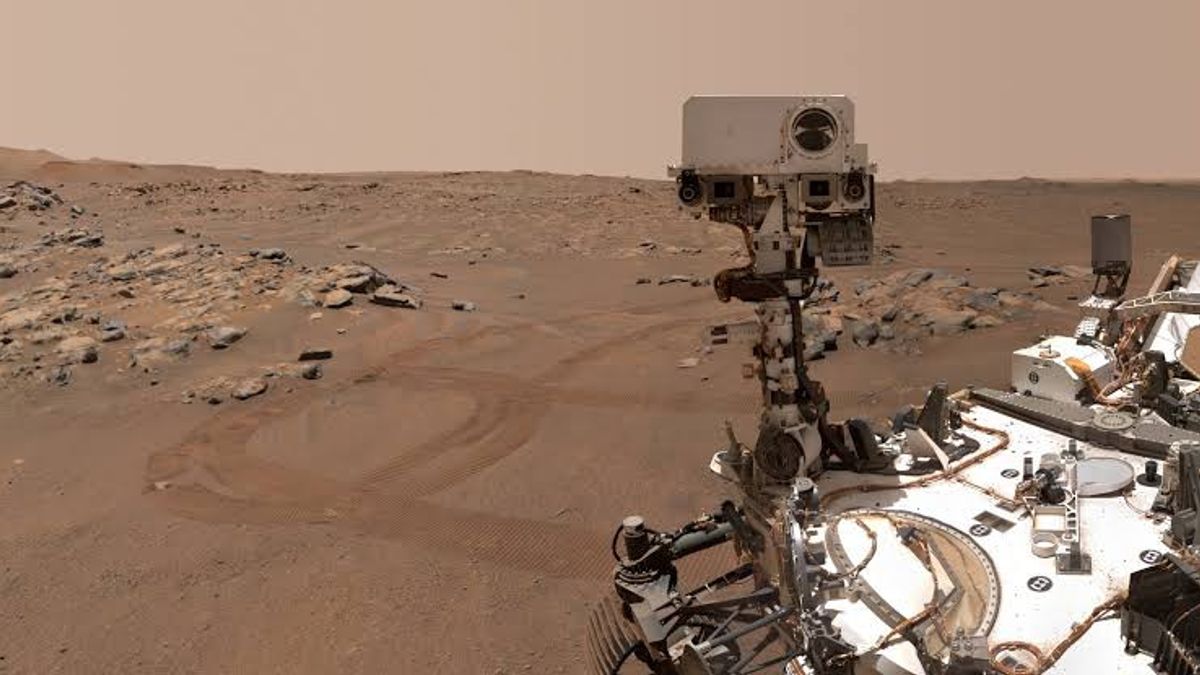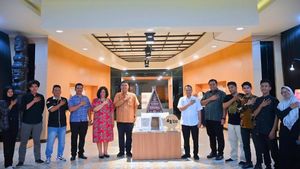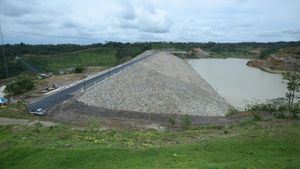JAKARTA - NASA's Perseverance robot has been exploring Mars for years and only made history last year, when it collected rock samples from the planet for the first time.
However, after several successful attempts to collect further samples, the rover ran into a problem in late December, where gravel became lodged in the machine meant for collecting samples.
Now, NASA has posted an update on progress in removing the gravel, and the signs are looking good for Perseverance's follow-up mission.
Problems arise when Perseverance goes to collect a seventh stone sample. Everything went well with the rover drilling into the rock and placing the sample in the tube.
Unfortunately, when it comes to inserting the tube into the carousel (tube housing) inside the chassis, the sensor detects an unusual problem. As it turned out, some of the pebbles likely fell from the sample tube and into the carousel, and stuck. The Perseverance team on Earth decided to take the sample out and spin the carousel to try and get the pebbles out.
After performing these recovery steps, the camera on the rover robot shows that two pebbles have been successfully removed. NASA confirmed that the top two pebbles had been removed by rotating the carousel.
There are still two pebbles left under the carousel, but tests carried out on Earth have shown that this will not pose a significant problem for future sample collection.
The team also used the rover's robotic arm and its rotary percussion drill to dump the remaining rock in the original sample tube back to the Martian surface, leaving room for the full sample to be collected at a later date.
SEE ALSO:
From here, the team will continue testing to determine if the Perseverance can operate with the two pebbles still inside.
“The team is still reviewing the data and discussing next steps. Like all Mars missions, we had some unexpected challenges. Each time, our team and rover have achieved that opportunity," said Rick Welch, deputy project manager at NASA's Jet Propulsion Laboratory.
"We expect the same results this time, by taking additional steps, analyzing the results, and then moving on, we plan to fully resolve this challenge and return to exploration and sampling at Jezero Crater."
The English, Chinese, Japanese, Arabic, and French versions are automatically generated by the AI. So there may still be inaccuracies in translating, please always see Indonesian as our main language. (system supported by DigitalSiber.id)



















